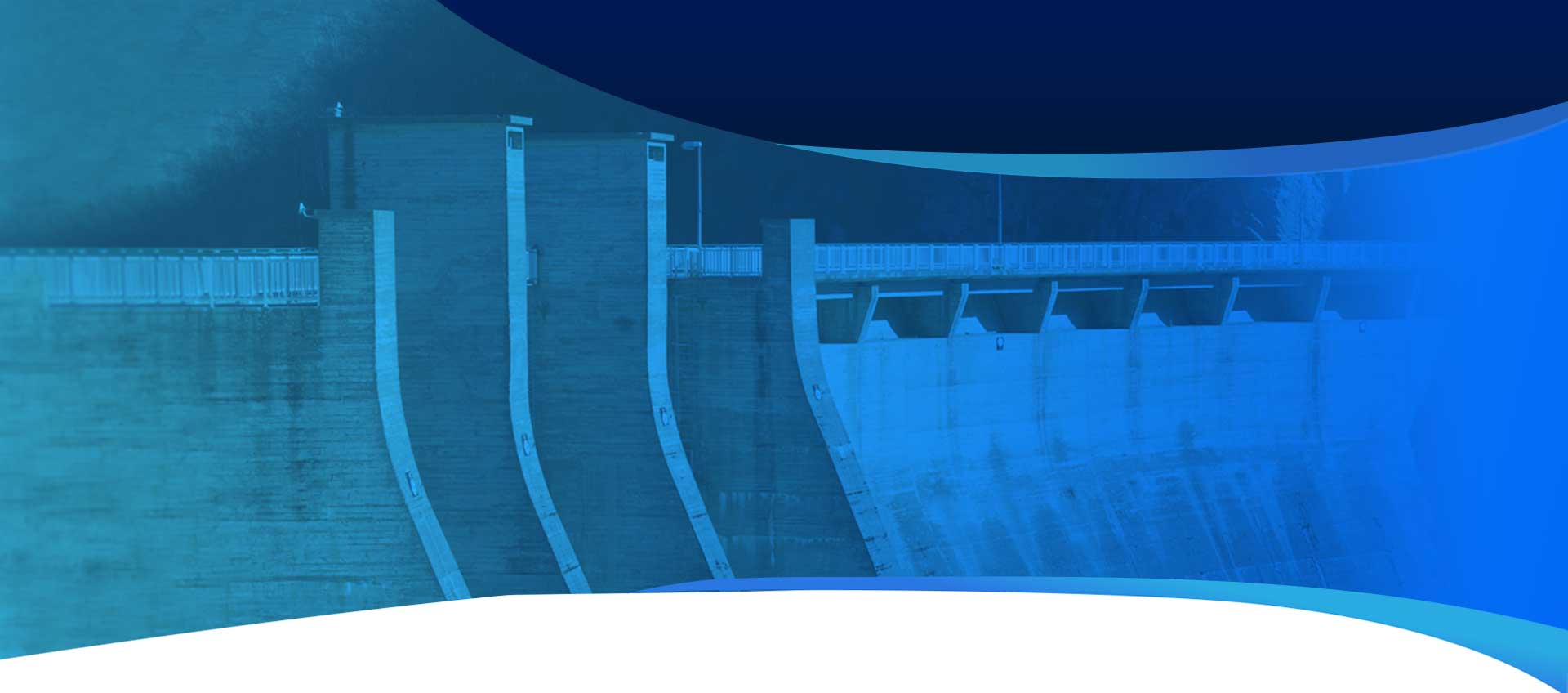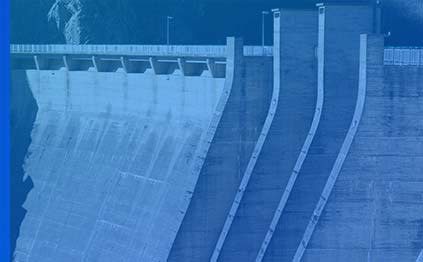Utility Wooden Pole Inspection
TISEC Inc. provides inspection of wood utility poles using state-of-the-art instruments to evaluate the quality of timber and level of wood decay present in determining whether the pole should be replaced or repaired. The inspection is used for detecting and measuring cracks, voids, cavities, and decay inside the wood utility poles. It is also used for estimating the percent remaining strength to determine pass/fail.
TISEC’s technology provides superior results compared to visual inspection, sounding, sound-and-bore, and partial excavation since it provides quantitative results on wood integrity through the cross-section of the pole. No excavation is required since our technology acquires subsurface data from above ground level.
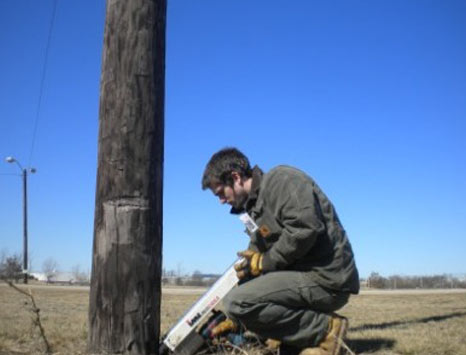
How it Works
- A small drill bit penetrates the wood
- Resistance of wood to drilling provides relative density distribution
- Density measurements are digitally recorded for permanent record keeping
- Inspection data are downloaded with an integrated Bluetooth wireless adapter
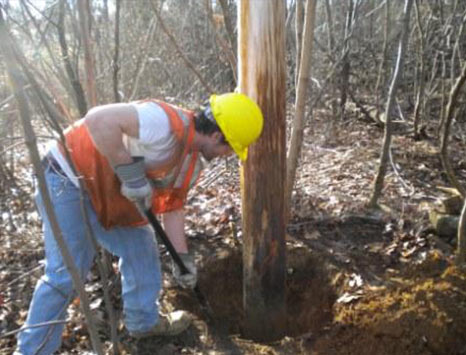
Benefits
- Fast, accurate and reliable measurements save you time and costs
- Limiting unnecessary pole replacements = lower costs for you
- No unnecessary damages to the pole during inspection
- Find wood decay, rot, hollow areas and cracks
- Analyze annual rings
Our experienced inspectors perform efficient inspections of your utility poles and provide timely well written reports and data. TISEC’s inspectors have follow-up certifications in fall protection, rope access and confined space entry as well.
Complementary Methods
TISEC provide, in addition to drilling of poles to evaluate the shell thickness and density, provide the following complementary wood utility pole inspection services:
- Visual Inspection – Suitable for identifying gross defects visible above the ground level.
- Sound and Bore – Hammer sounding is used to identify possible decay areas in the poles. This allows the inspector to bore inspection holes in these suspected areas.
- Partial Excavation followed by Sound and Bore – This helps the inspector in identifying external decay and termite damage by allowing access to a a portion of the utility pole below ground.
- Excavation up to 18-24 inches followed by Sound & Bore – This allows the most complete access to the decay-prone region of poles, where moisture and oxygen encourage decay.
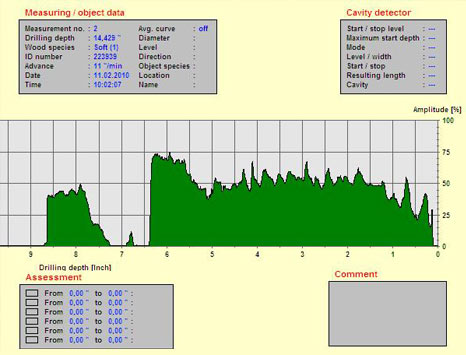
Remedial Action Services by TISEC provide fumigation of the wood utility poles. Fumigants are perfectly suitable preservative used to protect heartwood and inner regions of the poles against decay. The vapors from the fumigants diffuse from the application holes in to the poles, eliminating the wood destroying fungi.
Preservative Pastes and Bandages are utilized by TISEC that are designed to prevent external decay in the ground line zone.
Solid Rods are easy-to-handle formulations of water-soluble preservatives. When in contact with moist wood, rods will dissolve and diffuse to protect against internal decay.
Liquid treatments are used by TISEC to provide remedial actions for internal voids and insect cavities.
Our experienced inspectors perform efficient inspections of your utility poles and provide timely well written reports and data. TISEC inspectors have follow-up certifications in fall protection, rope access and confined space entry as well.


